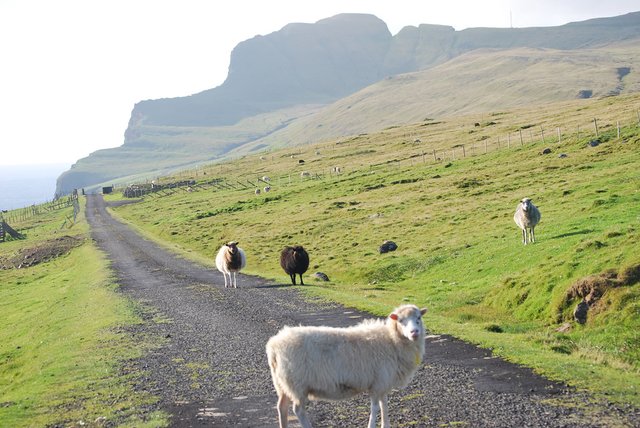World Banknotes: , Falkland Islands, Faroe Islands
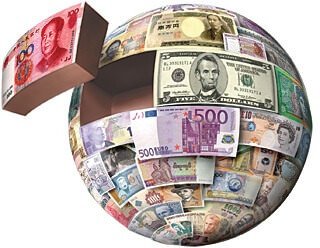
Hello, dear reader! In today's issue, we will again travel with banknotes of various countries around the world. This time we learn what Judah has in common with the lion, we will mentally go through the arch made of the bones of the blue whales, and in the end we will enjoy watercolor, sheep, mountains and sea. I hope that the information provided will be interesting and informative for you.
 Ethiopia
Ethiopia
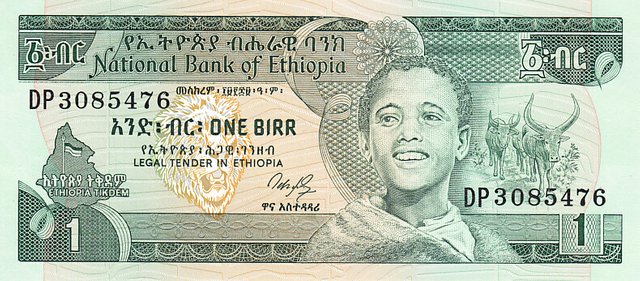
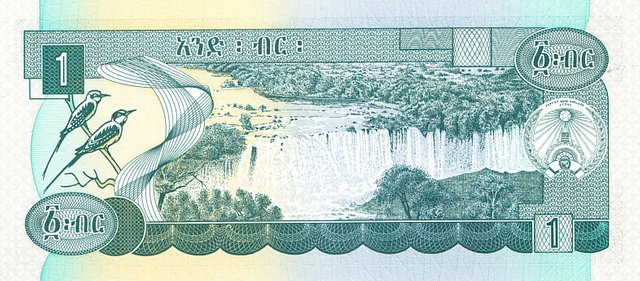
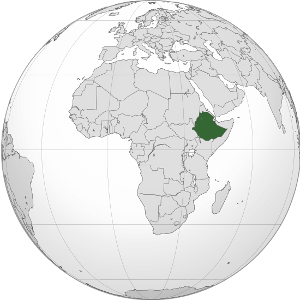
The name of the monetary unit is translated from the Old Ethiopian language as "silver." On the front side of the banknote is a portrait of a smiling Ethiopian boy, who is present on all modifications of the banknote in 1 birr from the moment when Ethiopia gained independence. To the right of the boy are the Sang bulls or Abyssinian bulls, stand out with a hump on their backs and long horns. To the left of the boy - the emblem of the country - the head of a lion, present in antiquity on the coat of arms of the Ethiopian Empire. On the arms was the crowned lion of Judah, holding a golden staff in his left paw. How is the lion connected with Judas? The tribe of the biblical Judah became the most powerful among all the ancient Israelites. For example, the Jewish kingdom and the people themselves - Jews, religion - Judaism - all these names come from the name of Judas. The father of Judah - Jacob, dying, sent his son out, calling him a lion. Judas united his nickname and name, hence the lion. In Yiddish there are two variants of the name Leo: Leiba and Ariel. Next to the lion is a contour map of Ethiopia with the raised flag of the country.
On the opposite side is the Tis-Isat waterfall, located on the Blue Nile. The maximum height of the waterfall is 45 meters, and the width is 400. The hydroelectric power stations, characteristic for many African countries, feed the waters of the Blue Nile, which adversely affected the natural power of the waterfall. The name of the waterfall is literally translated from Amharic as "smoking water". Quite often a rainbow is formed above the waterfall. A little below the waterfall the river flows into the gorge, through which one of the most ancient stone bridges in Ethiopia will be pierced. In the left part of the banknote on the branch there are two white-chinned beetles. Slightly similar to sparrows, these birds nest to the south of the Sahara, and winter in the forests of Equatorial Africa.
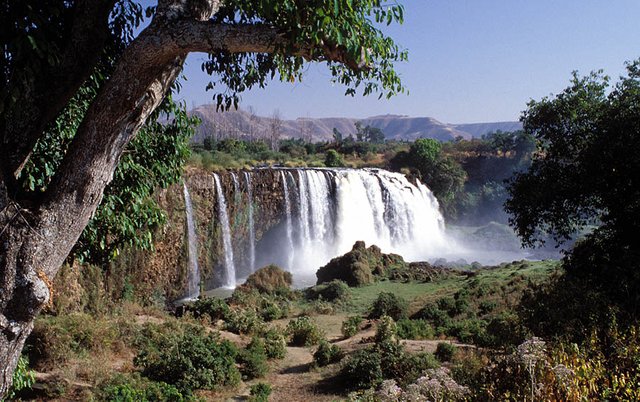
 Falkland Islands
Falkland Islands
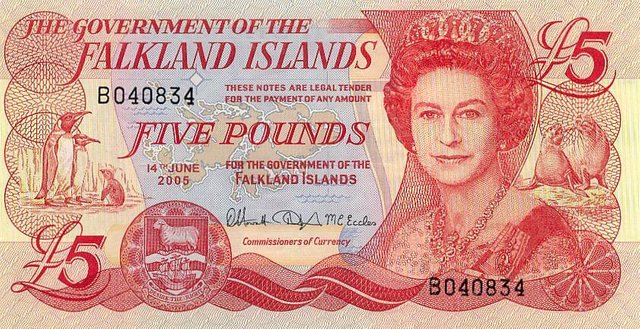
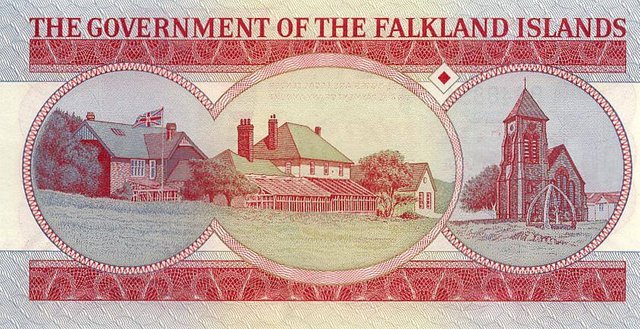
5 pounds in 2005
The regular reader already knows that the presence on the banknote of the portrait of Queen Elizabeth II means that the country belongs to the UK. The Falkland Islands are one of the most important and key strategic areas of the UK. The islands serve as a trans-shipment base on the way from the Atlantic to the Pacific. The territory of the Falkland Islands has been controversial since the time of the Spanish Empire, now Argentina claims the ownership of the islands. In 1982, a conflict arose between Great Britain and Argentina, which resulted in a 2-month war for possession of the islands. Despite the fact that officially the war was not declared, the number of dead on both sides almost reached the mark of 1000 people. In addition to the portrait of the queen, there is a contour map of the Falkland Islands on the front side of the banknote. In the left part of the banknote are two penguins with a cub, and the rights from the queen are two walruses. By images of these animals, we are informed that the islands are in the Antarctic eco-zone. There are 5 species of penguins nesting here, and 14 species of mammals inhabit the coastal waters. At the bottom of the note is the coat of arms of the Falkland Islands. You can see a sheep without an armed eye on the coat of arms. As you guessed, it is not at all accidental - 80% of the territory of the islands - pastures, on which about half a million sheep feed and sport. Taking into account the fact that everything on the islands is inhabited by 3,200 people, the sheep have a multiple numerical advantage, but they are not full owners, but they occupy first place in the economy of the Falkland Islands.
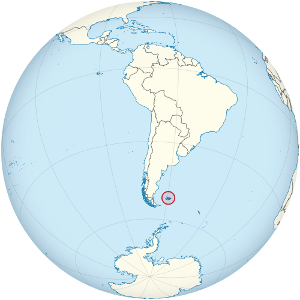
On the reverse side of the note are the left to the right of the Falkland Islands government house, the residence of the Governor-General and the Christchurch Cathedral. From the interesting, perhaps, it is worth paying attention to the arch in front of the cathedral, it consists of the bones of two blue whales and was built in 1933 in honor of the 100th anniversary of British rulen the islands.
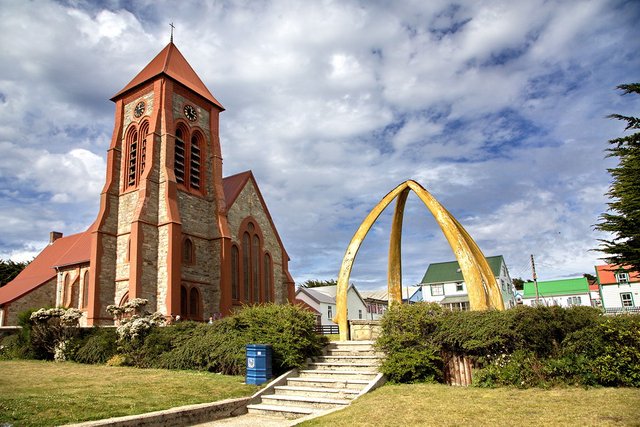

Faroe islands
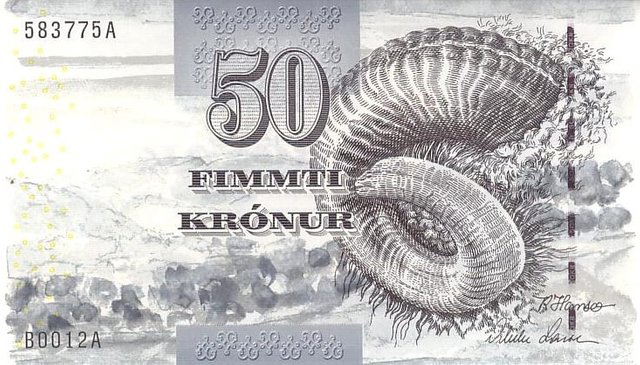
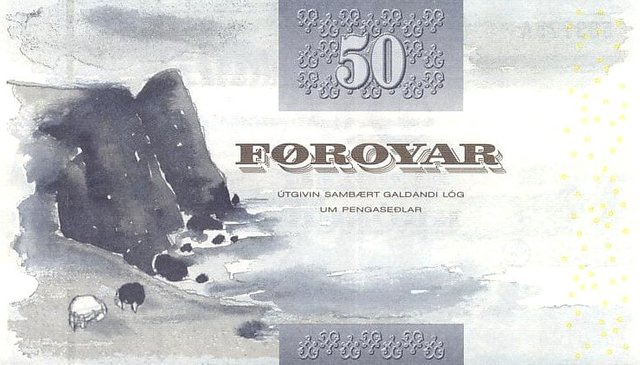
50 CZK 2001
Perhaps, it is worth starting with the fact that the Faroe Islands are related to the Falkland Islands. Literally the Faroe Islands are literally translated as "sheep's islands". On the coat of arms of the Faroe Islands, just like the Falklands, the main element is the sheep. From all of the above, the inquisitive reader has already come to the conclusion that sheep breeding is the key branch of the Faroe Islands economy.
On the front side of the banknote the horn of the Faroese ram is depicted - this is a breed that was bred on the islands in the 9th century. The rest is occupied by a typical landscape for the Faroe Islands, made with watercolor.
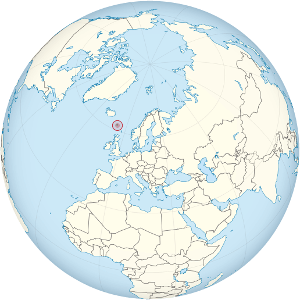
On the reverse side of the banknote is the landscape of the Faroe Islands, created on the basis of Zakaria Heanessen's drawings. Sheep, mountains and the sea. The place depicted by the artist is next to the village of Sumba on the island of Suvura and is called Hesturinn (translated as Horse). The cliff is called Beynisvord, with a beautiful view that is sung by many Faroese poets. For reference, the maximum height of the cliff is 470 meters.
